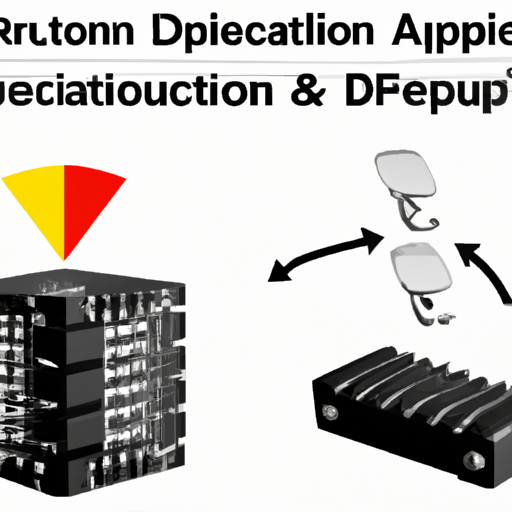Application Development in Shock Sensors for CFR-25JB-52-12R: Key Technologies and Success Stories
Developing applications for shock sensors, particularly the CFR-25JB-52-12R model, involves leveraging several key technologies and methodologies. Shock sensors play a crucial role in various industries, including aerospace, automotive, and industrial applications, where monitoring and responding to impacts or vibrations is essential for safety and performance.
Key Technologies in Shock Sensor Development
| 1. Microelectromechanical Systems (MEMS) | |
| 2. Signal Processing Algorithms | |
| 3. Wireless Communication | |
| 4. Data Analytics and Machine Learning | |
| 5. Integration with IoT | |
| 6. Power Management Solutions | |
| 1. Aerospace Applications | |
| 2. Automotive Industry | |
| 3. Industrial Equipment Monitoring | |
| 4. Consumer Electronics | |
| 5. Smart Infrastructure | |
Success Stories
Conclusion

The development of applications for shock sensors like the CFR-25JB-52-12R involves a combination of advanced technologies and innovative approaches. Success stories across various industries underscore the importance of these sensors in enhancing safety, improving operational efficiency, and enabling predictive maintenance. As technology continues to evolve, the capabilities and applications of shock sensors are expected to expand further, driving innovation across multiple sectors. The integration of these sensors into IoT ecosystems and the advancement of data analytics will likely lead to even more sophisticated applications in the future.
Application Development in Shock Sensors for CFR-25JB-52-12R: Key Technologies and Success Stories
Developing applications for shock sensors, particularly the CFR-25JB-52-12R model, involves leveraging several key technologies and methodologies. Shock sensors play a crucial role in various industries, including aerospace, automotive, and industrial applications, where monitoring and responding to impacts or vibrations is essential for safety and performance.
Key Technologies in Shock Sensor Development
| 1. Microelectromechanical Systems (MEMS) | |
| 2. Signal Processing Algorithms | |
| 3. Wireless Communication | |
| 4. Data Analytics and Machine Learning | |
| 5. Integration with IoT | |
| 6. Power Management Solutions | |
| 1. Aerospace Applications | |
| 2. Automotive Industry | |
| 3. Industrial Equipment Monitoring | |
| 4. Consumer Electronics | |
| 5. Smart Infrastructure | |
Success Stories
Conclusion

The development of applications for shock sensors like the CFR-25JB-52-12R involves a combination of advanced technologies and innovative approaches. Success stories across various industries underscore the importance of these sensors in enhancing safety, improving operational efficiency, and enabling predictive maintenance. As technology continues to evolve, the capabilities and applications of shock sensors are expected to expand further, driving innovation across multiple sectors. The integration of these sensors into IoT ecosystems and the advancement of data analytics will likely lead to even more sophisticated applications in the future.